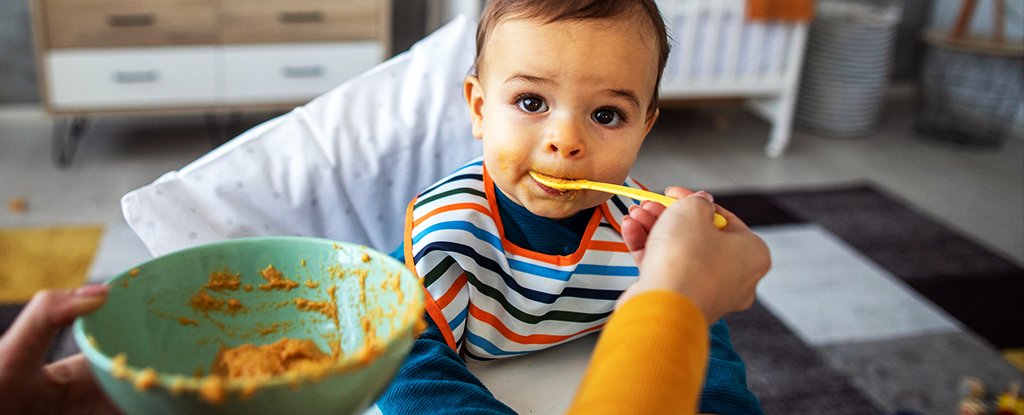
Sharing an ice cream cone with a stranger can make us feel bad, but it's not always the case with a romantic partner or child.
A new study in the journal Science shows that children are aware of this dynamic from a very young age, and see saliva exchange as a cue to tell if two people have a special bond.
According to a researcher at Harvard and MIT, infants are very aware of their social aspects.
We don't know if they really pay attention to different types of relationships.
Thomas and colleagues wanted to know if children can distinguish between "thick" and "normal" relationships.
The team devised a series of experiments to see if children and adults make the same distinctions.
A group of more than 100 children were presented with cartoons featuring characters interacting with each other.
The children predicted that sharing utensils, or licking the same food item, would occur within nuclear families, whereas sharing toys and partitionable food would occur equally within friends and families.
The researchers wanted to test the theory on infants and toddlers who can't vocalize their thoughts.
Their experiment was inspired by studies of vervet monkeys, who heard a juvenile in distress and looked toward their mother, expecting her to respond.
To recreate the idea for young humans, they made video clips featuring two female research assistants from Thomas's lab play-acting with a cute blue puppet.
The first woman took a bite of an orange slice, then fed the puppet, and then took another bite.
The second woman passes a ball to the puppet.
Both of them are friendly and cooperative, but only one of them could be seen as a close relationship as an adult.
They showed their subjects a clip of the same puppet crying, with both women on either side of it, and measured who the babies looked at first and for how long.
The children thought that the pair in the saliva-sharing relationship were very close.
Both actresses played different roles to different groups of toddlers.
To make sure the children weren't just assuming a person who shares food is inherently nicer, they ran another test in which the subjects were shown the same opening videos, but the puppet in distress was a new character.
The infants and toddlers didn't look at the food sharer.
They ran a test where one actress put her finger in her mouth, and the other actress put her finger in the puppet's forehead.
The children looked more to the actress sharing saliva when the puppet cried, isolating this as the marker.
Making connections.
Thomas said the findings build on scientific understanding of how children grasp social dynamics.
She said that infants pay attention to who is nice to someone else.
The main conclusion of the study is that infants are paying attention to who they are connected to and how they are connected.
One day, understanding how we think about human relationships might have practical benefits, such as helping people who find it harder to forge bonds.
Thomas said that we haven't helped people with their connections with other people because of a moral failing.
They might not have the skills to create those connections. This research could help other people navigate relationships.
Agence France-Presse.